|
What would you rather do, experiment with something new or focus on cutting something you like out of your life? I think that most people would say that they’d rather add something new to their lives. What we add into our lives can be just as important as what we take out. Did you know that herbs and spices have benefits beyond enhancing the flavor of the foods we eat?Herbs and spices are often used medicinally by herbalists in concentrated forms to treat acute issues. But, their general health benefits can be taken advantage of by cooking with them on a regular basis. They can positively influence the health of the gut microbiome and the gut flora and the gut flora helps them release their antioxidants and other beneficial components. I’ll focus on 12 herbs and spices that support gut health here! 12 Herbs and Spices Beneficial for Gut and Microbiome HealthTurmericTurmeric is a root, that looks somewhat like ginger, but is a deep orange on the inside. Turmeric is a common ingredient in Ayurvedic recipes and lately it’s been becoming well known for its anti-inflammatory properties. It’s a mild spice with a bitter, earthy taste. 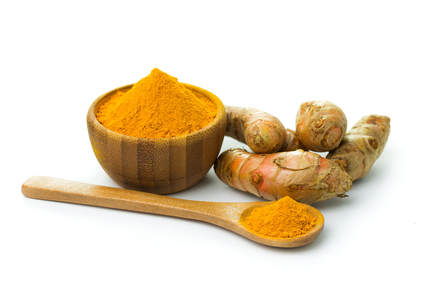 Health Benefits of Turmeric:
Turmeric is best consumed with some kind of fat, like coconut oil or ghee as it is fat soluble. Turmeric is often added to curries, used in stir fries and used on eggs, chicken, fish, and veggies. It can also be used in sauces or mixed in with plain yogurt for a creamy, spicy sauce. Some people also like to juice the root and drink it or add it as a boost to their juice. Golden milk is made with coconut milk, turmeric and honey and is nice to have in the evening before bed. GingerGinger is in the same family of plants as turmeric and share many of the same health benefits. 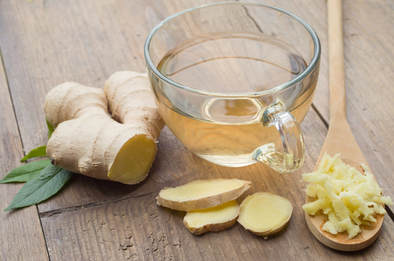 Health Benefits of Ginger:
Ginger can be juiced or brewed in a tea. It can be grated and cooked in curries and stir fries. In eastern cultures, it’s often eaten pickled as a side or appetizer to stimulate digestion. RosemaryRosemary is an herb that grows as a small bush. It has pine needle type leaves and is often used in cooked dishes. 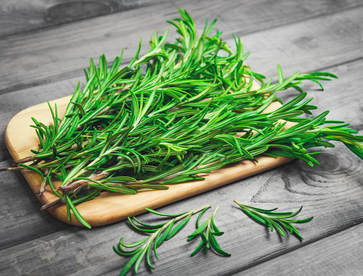 Health Benefits of Rosemary:
Rosemary is great when added to potatoes, roasted chicken, white fish and bread. It’s also nice added to salad dressings or infused in olive oil! SageSage has been traditionally used in the Middle East and Asia. Sage can be added to butter or olive oil, used to season chicken, seafood, potatoes, and other root vegetables. It’s also tasty in polenta, beans, and red or white sauces. It can also be added to soups and stews. 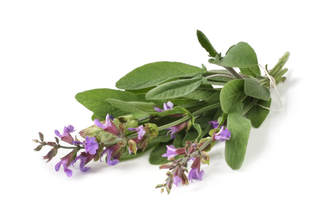 Health Benefits of Sage:
GarlicGarlic is technically a vegetable. It’s used for flavor in a variety of dishes and sauces. Many of its health benefits come from the sulfur compounds released after chopping or crushing the cloves. Health Benefits of Garlic:
Garlic can enhance the flavor of almost any savory food. It can be added to pesto and hummus in raw form or it can be added roasted or raw to dips, dressings and sauces. Garlic can be added to meats, vegetables stir fries and cooked grains. CardamomCardamom is the spice used in traditional chai tea. It comes from ground seeds. Cardamom is great in squash soups and makes is found in many Indian dishes. Its sweet, warm flavor makes it a good spice for baked goods. 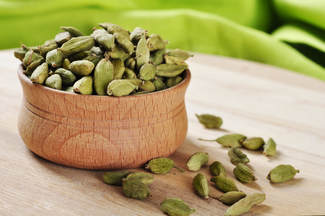 Health Benefits of Cardamom:
CinnamonCinnamon has long been used medicinally in China and the Eastern world. Cinnamon can be added to a variety of foods and drinks in the powdered form. Whole cinnamon sticks can be added to hot drinks to add a slightly sweet, spicy flavor. Cinnamon goes well with sweet foods like apples, pears, bananas, sweet potatoes, squash and grains. Cinnamon can also be added to coffee or consumed in tea form. 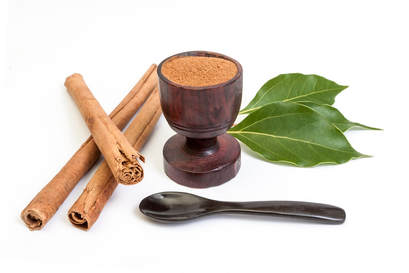 Health benefits of Cinnamon:
DillDill is in the celery family. It’s leaves and seeds can be used for cooking. Dill is great in chicken and fish dishes. It lends an earthy flavor to chicken salad, creamy dips and cheese spreads. 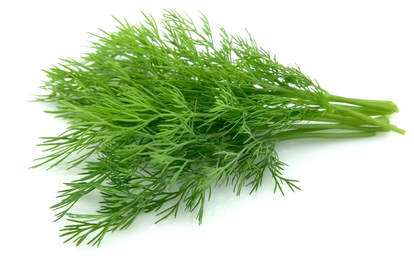 Health benefits of Dill
Black PepperBlack pepper is traditionally used in Ayurveda. Adding black pepper to a savory dish adds a hot flavor with a kick! 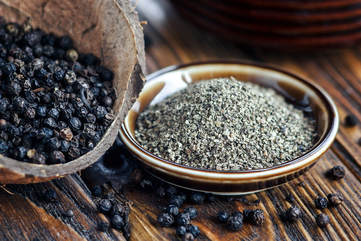 Health Benefits of Black Pepper:
FennelFennel originated in the Mediterranean countries of Greece and Italy, but now it’s grown all over. I see it growing where I live on the coast of California growing on the roadside and in fields like a weed. The entire Fennel plant can be eaten, from the bulb, to the leaves and seeds. It has a flavor similar to licorice. Health benefits of Fennel:
Basil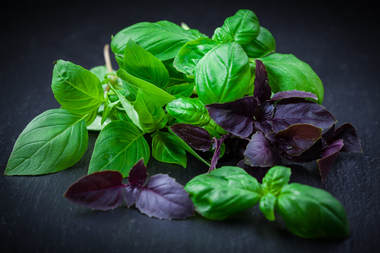 There are over 35 different types of basil. You’re probably most familiar with the basil used in Italian food and even Thai food. Holy Basil, or Tulsa is considered a sacred herb and has the most medicinal qualities. Basil can be added to many dishes, sauces, salads, and stir-fries. Holy Basil can be steeped in a tea. I’m finding many tea blends featuring Holy Basil lately. Health Benefits of Basil:
OreganoOregano grows easily in Mediterranean regions. It can be added freshly chopped or dried to a variety of savory dishes. Health Benefits of Oregano:
This is an amazing group of herbs and spices! Most of these have benefits beyond the gut. Be sure to pop over to my Farmer's Market Friday section of this site. Every Friday (almost), I feature a fruit, vegetable, herb, spice, etc. My point in doing this is that all whole foods benefit our health in some way or another. Some have medicinal properties as well. So, if we eat a varied whole food diet, especially eating with the seasons where we live, over the course of a year, we'll experience the cumulative benefits. Can you see why we humans may be experiencing so many health issues and disease, even though we've had so many medical advancements?
1 Comment
June
9/6/2018 04:19:36 pm
I think i could use turmeric, basil, oregano, and maybe a few of the others, i,l experiment to see!
Reply
Leave a Reply. |
Click below to join my FREE Facebook Group-
Women's Wellness Circle: Create Your Extraordinary Life AuthorHi, I’m Crystal! If you'd like to access my Farmer's Market Friday posts from 2018, click here!
Categories
All
|

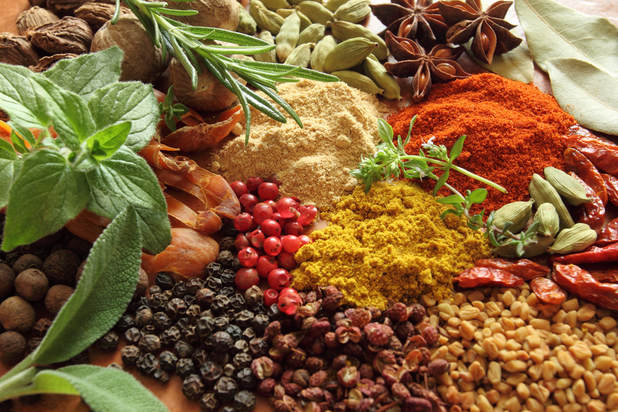
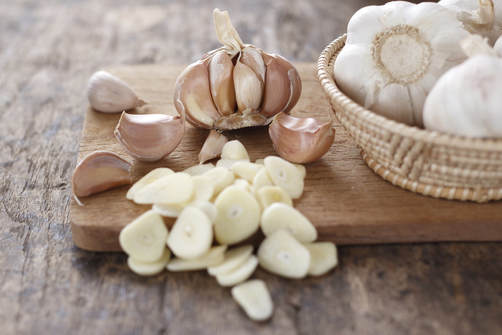
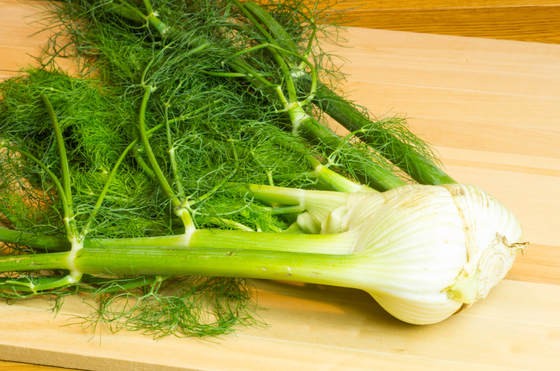
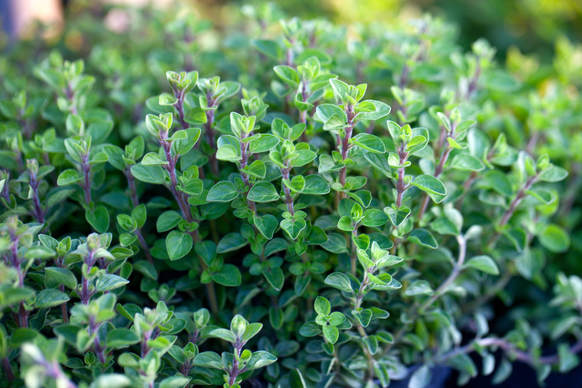

 RSS Feed
RSS Feed